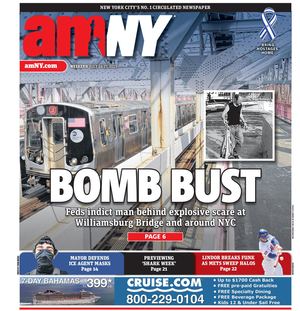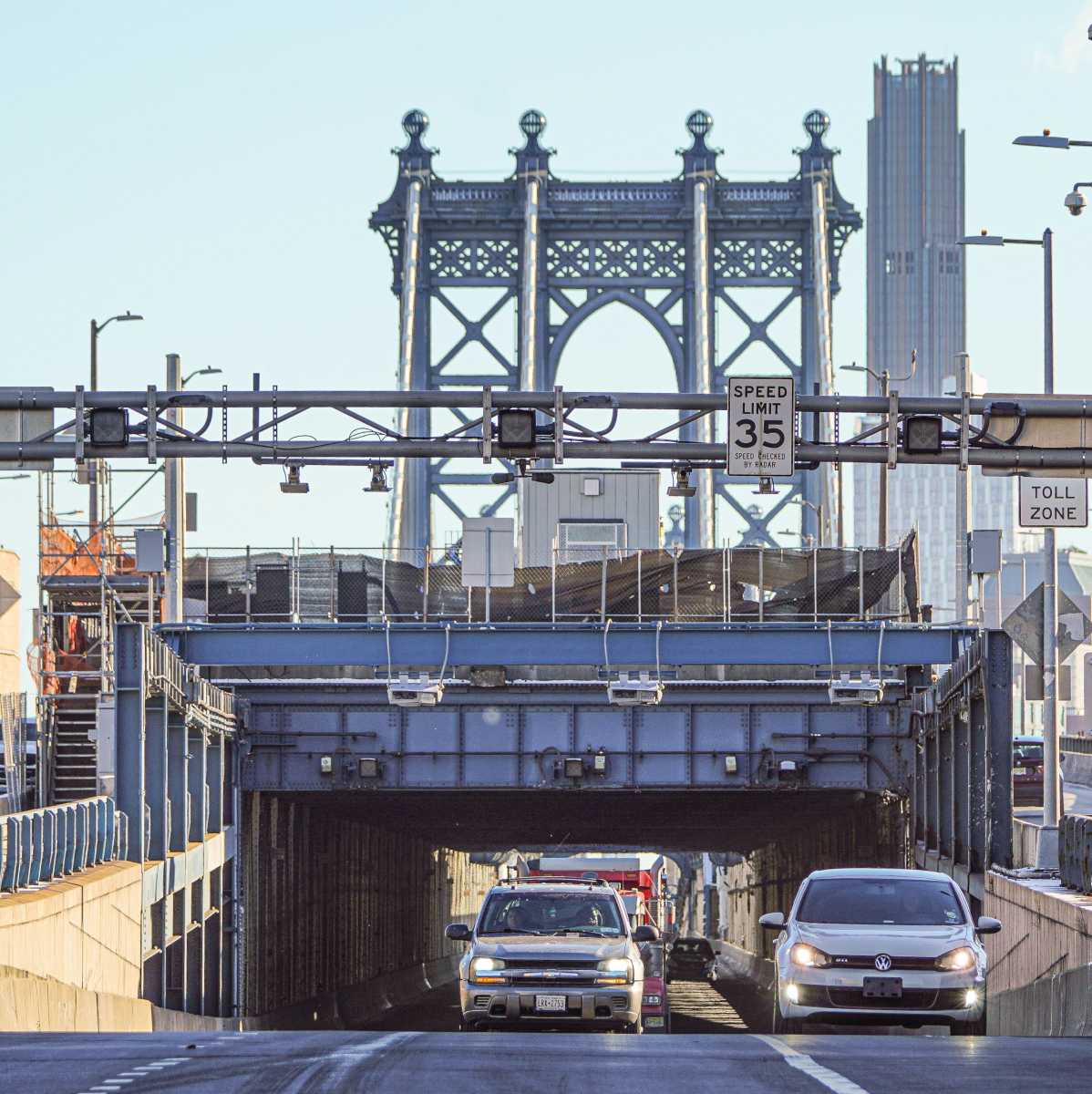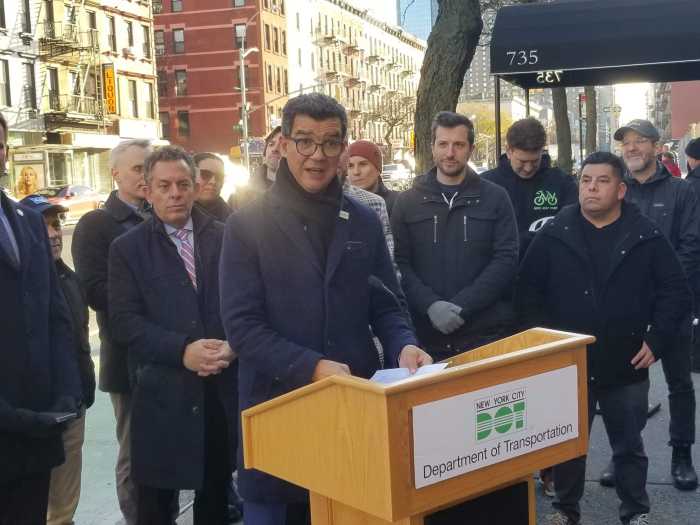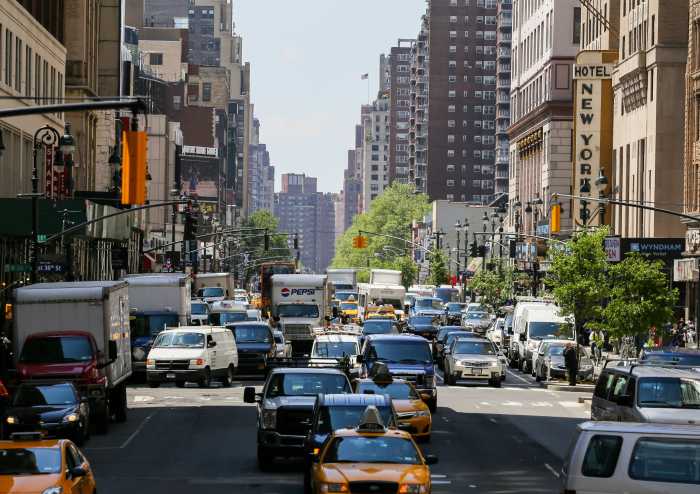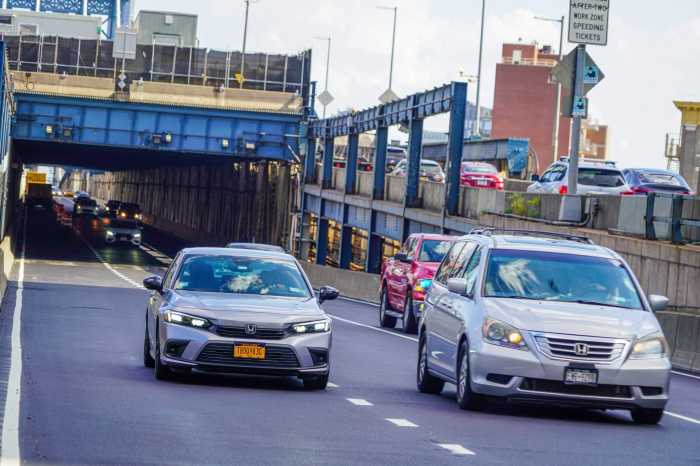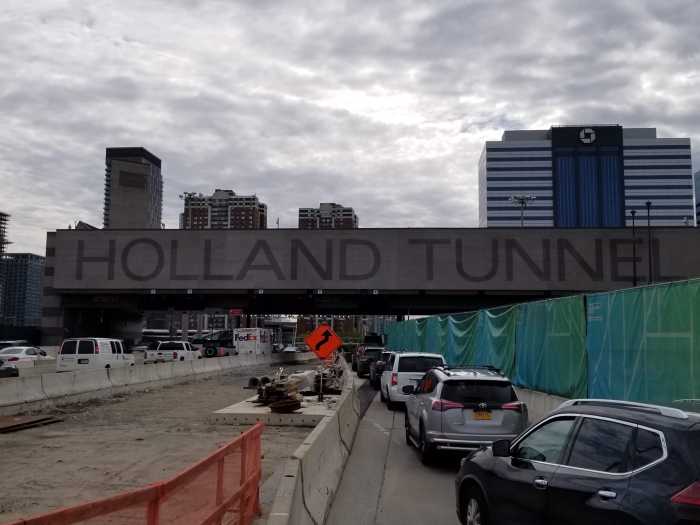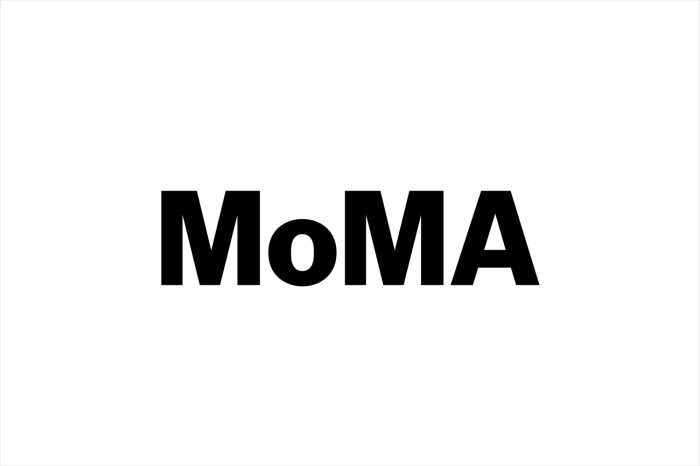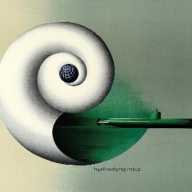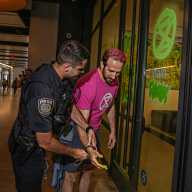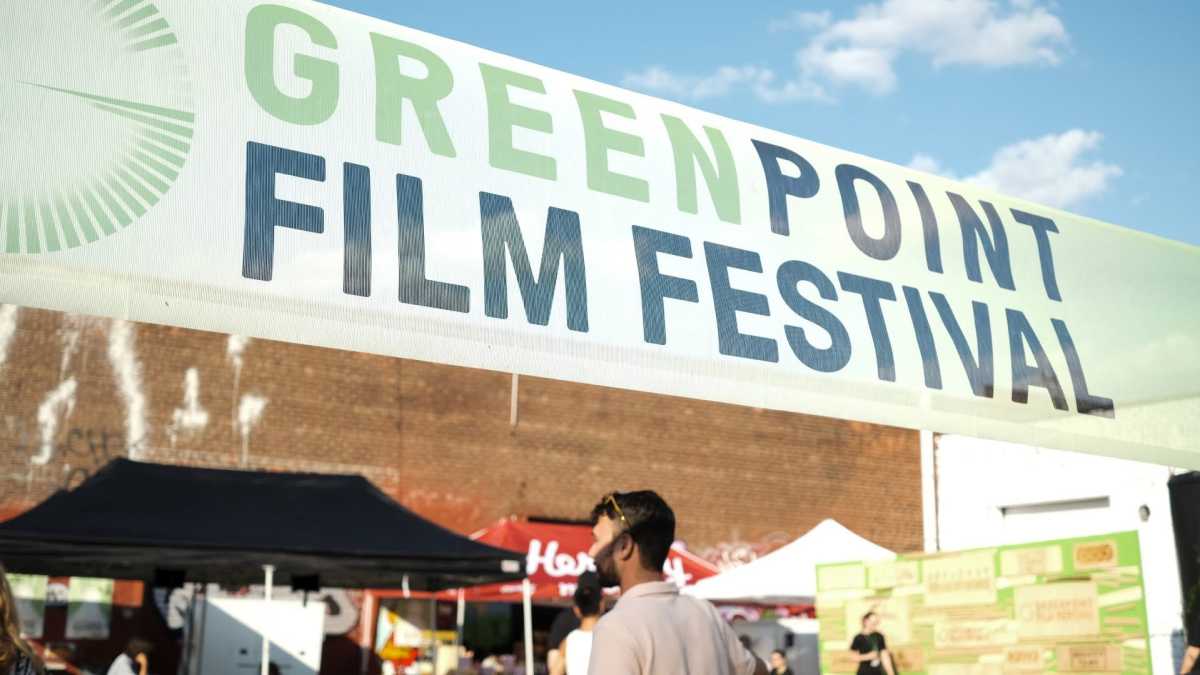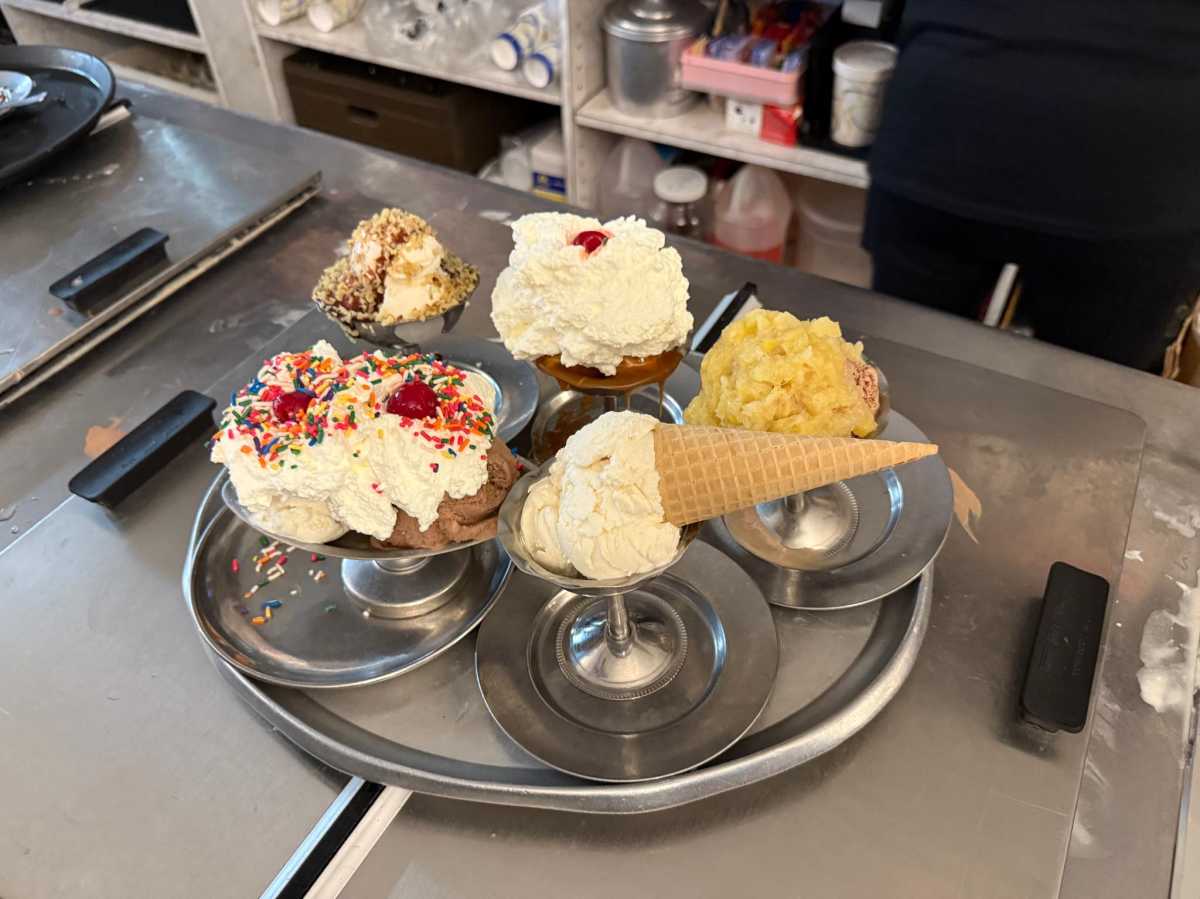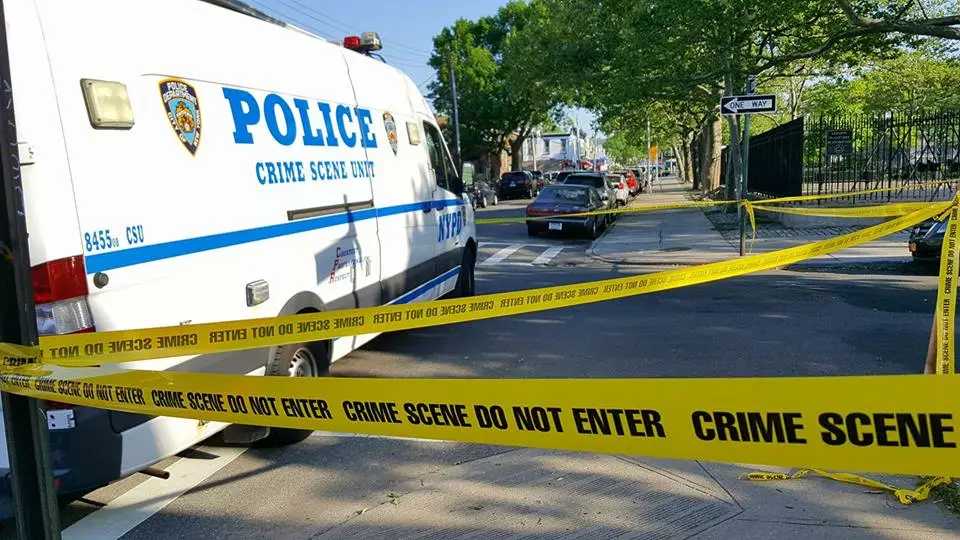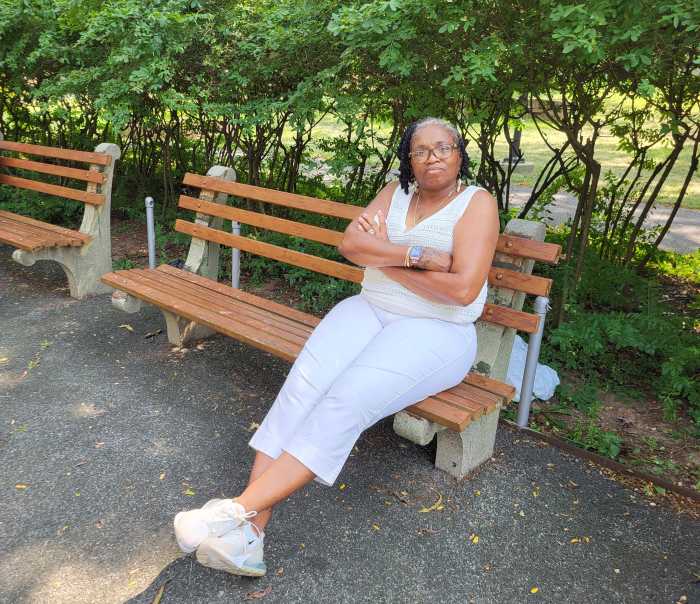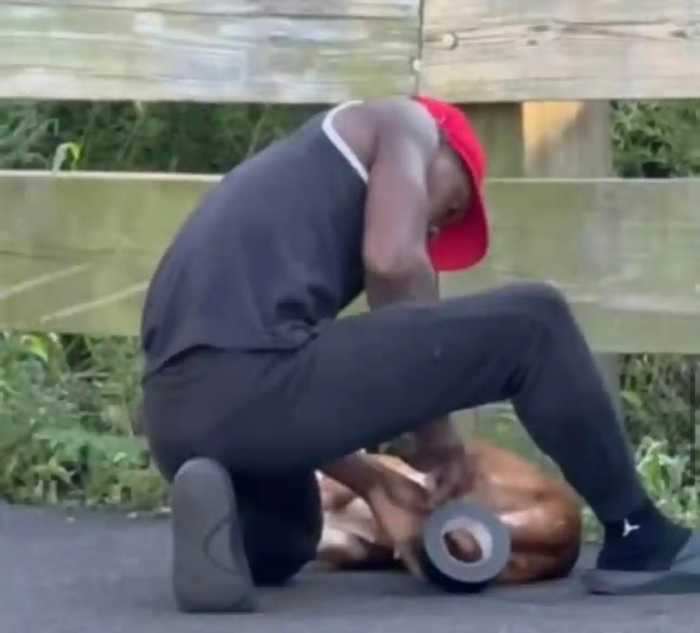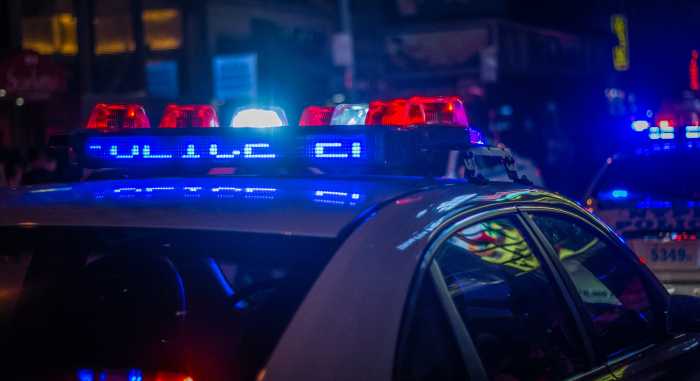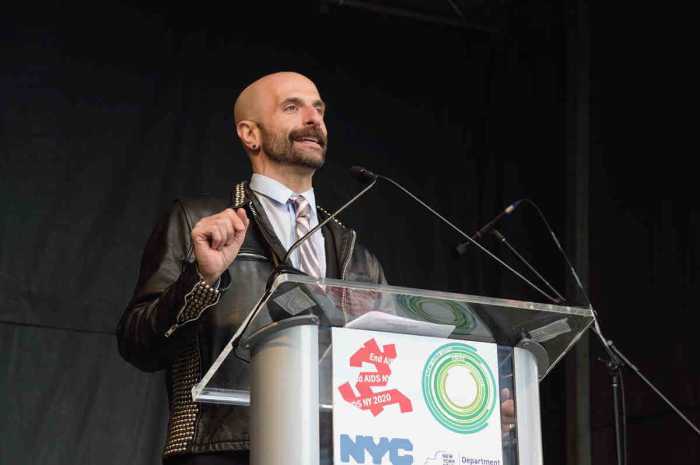With congestion pricing now in effect in Manhattan, many drivers are wondering if every ride across the East River will cost them money.
In short, most motorists will pay a $9 base toll when they enter Manhattan anywhere south of and including 60th Street during peak hours between 5 a.m. and 9 p.m. on weekdays and 9 a.m. to 9 p.m. on weekends. The toll rate drops to $2.25 during off-peak hours.
But where are the “toll plazas?” Are any streets excluded? Are there any roadways in Midtown or Lower Manhattan that are free to enter?
amNewYork Metro mapped out the points in Manhattan where drivers have to pay to enter the Congestion Relief Zone (CRZ). In addition to crossing south over 60th Street, eight bridges and tunnels lead into the zone. These include the Ed Koch-Queensboro, Williamsburg, Manhattan, and Brooklyn Bridges and the Hugh Carey, Midtown, Lincoln, and Holland Tunnels.
This means drivers will pay a toll after using these crossings almost all of the time. They will also get charged for crossing over 60th Street from Upper Manhattan.
There is a small handful of route exceptions that remain free, specifically if drivers remain exclusively on highways.
Now, let’s examine some commonly used routes, less-traveled routes and where drivers will pay the congestion pricing toll.
You’re driving from upstate New York and Bergen County, N.J. and crossed the George Washington Bridge into Manhattan. Do you pay a toll?
No. The George Washington Bridge, a toll bridge operated by the Port Authority, is out of the CRZ. As long as you stay above 60th Street, you’re in the clear.
But if you’re heading even just one block south of the CRZ, get ready to shell out the cash.
Ok, now you’re in Queens, and you want to cross town to your destination in Hudson County, N.J. You’re simply going straight across from the Queens Midtown Tunnel to the Holland or Lincoln Tunnels. Do you have to pay?
Yes. Crossing Manhattan East to West from Queens will incur a toll because you will likely use the Queensboro Bridge or Queens Midtown Tunnel.
What about the other East Side crossings? Do they have tolls, too?
Yes. The Williamsburg, Queensboro, Manhattan, and Brooklyn Bridges and the Queens Midtown Tunnel, now have tolls to enter Manhattan’s CRZ.
However, the upper ramp of the Queensboro Bridge westbound is not equipped with a toll gantry because drivers exit onto streets north of the CRZ. Once drivers turn south past 60th Street, however, they’ll be charged.
The Harlem River Bridges between the Bronx and Manhattan are not tolled as they are north of the CRZ. The RFK-Triborough Bridge, however, has always been tolled.
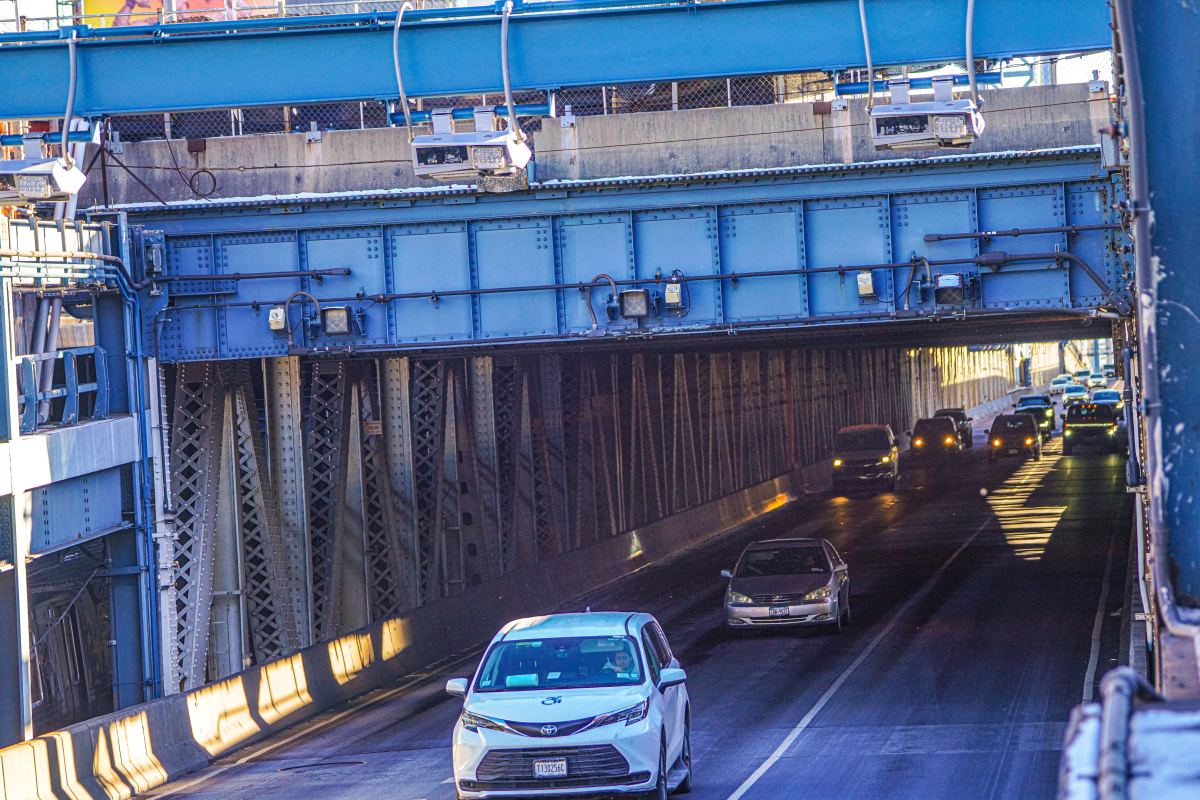
What if you live in the CRZ, and leave for the day to visit friends in New Jersey or anywhere outside of the zone. Will you have to pay when you return?
Yes, but the good news is you will only be charged once a day. So if you leave your home multiple times a day to leave the CRZ, you’ll only be charged the first time you leave, even if it is during off-peak hours.
Additionally, a discount is available for residents who make less than $60,000 a year.
What if you’re heading into Manhattan from Staten Island and Brooklyn? The Hugh Carey Tunnel, which already has its own toll, is a main thoroughfare for these outer-borough commuters. Do you pay an extra toll once you reach Manhattan?
It depends. You will not be charged a toll if your car stays exclusively between the tunnel and West Street or the FDR Drive on the East Side.
But if you leave the tunnel onto Trinity Place or anywhere else in the CRZ, you’ll be charged.
What if most of your commute is driven along the West Side Highway or FDR Drive? Do you pay a toll when you get off at one of the exits?
More than likely, if you exit either highway south of 60th Street, you will be charged.
What if you don’t have E-ZPass? Do you pay more?
Yes. Drivers will pay 50% lower congestion pricing tolls if they have E-ZPass versus getting the charge by mail. MTA officials urge drivers to make sure their E-ZPass accounts are up to date with current license plate numbers to guarantee the lowest toll, which is the $9 base toll during peak hours.
How are the tolls collected?
Last year, the MTA finished installing 1,400 cameras at over 110 detection points throughout the city to monitor traffic entering the CRZ.
It might surprise drivers to know detection points are actually located in areas along the excluded roadways. According to the MTA, vehicles detected at multiple detection points in sequence and then detected exiting the CRZ in a “reasonable” period of time will not be charged.
In a nutshell, the system will charge a toll only if a vehicle is no longer detected on the excluded roadways.
The cameras and detection points record the E-ZPass and charge the holder automatically. If a vehicle lacks an E-ZPass, the MTA will toll drivers by mail, at higher rates, by using their license information which the cameras and detection points will pick up.
